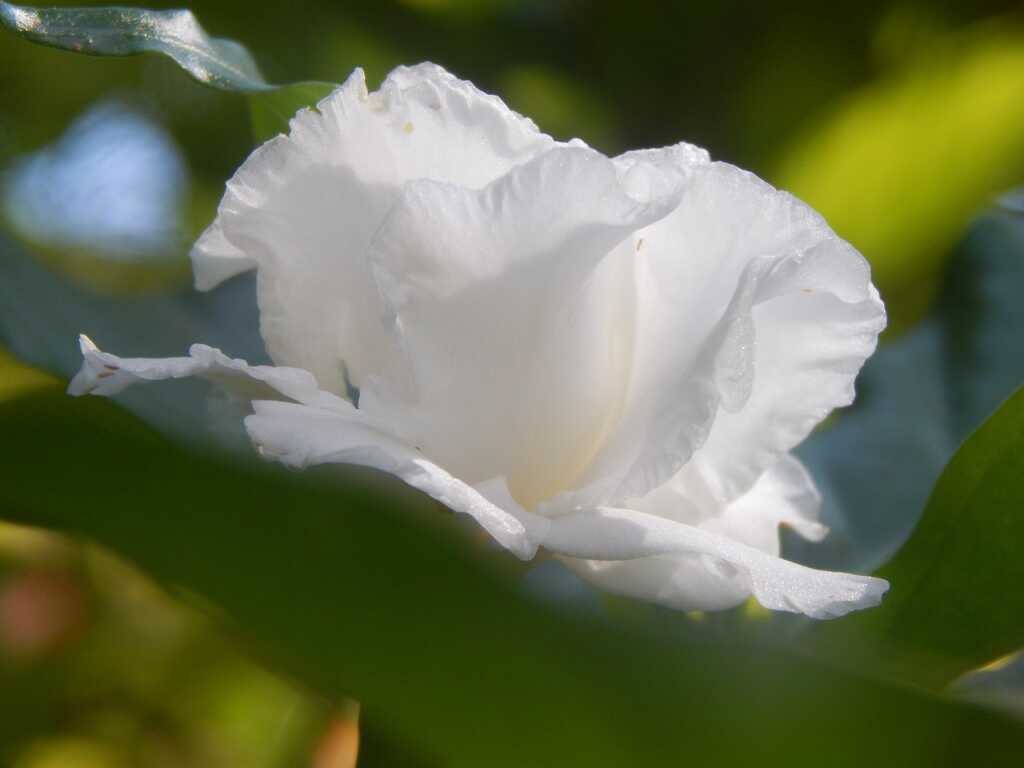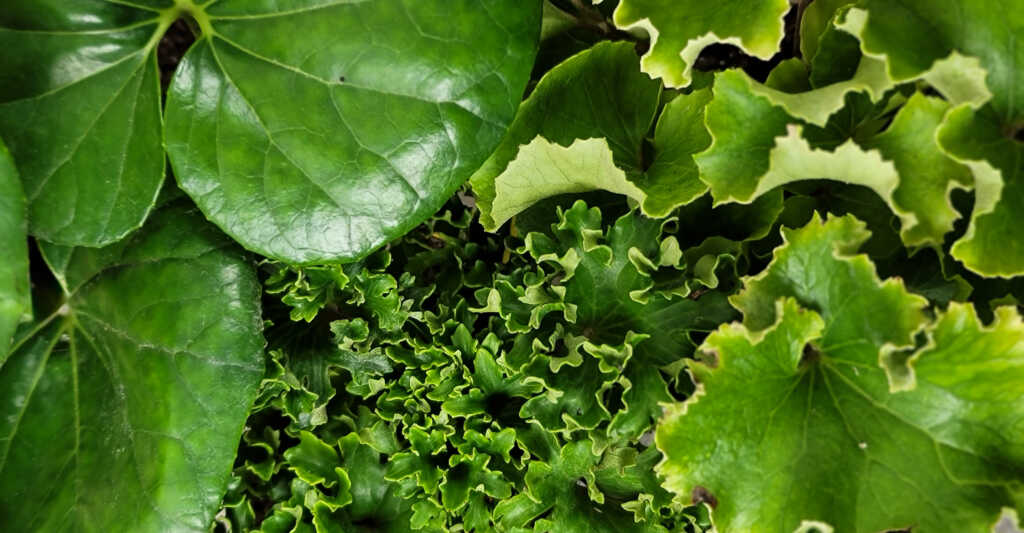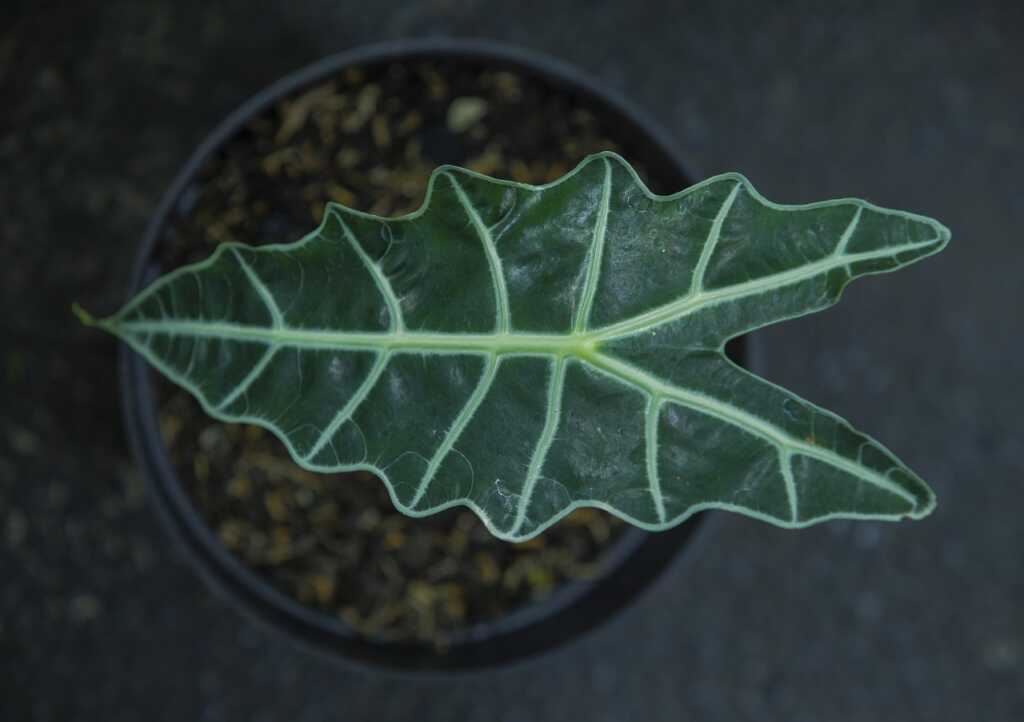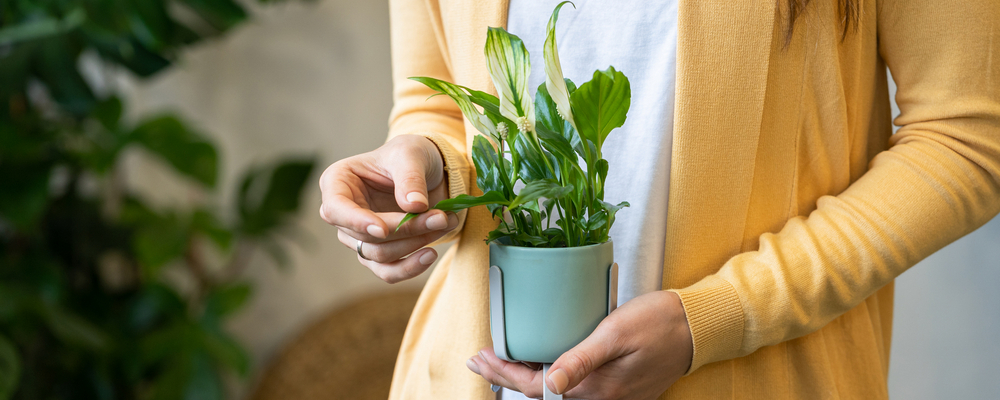
Mealy Bugs: Treatment + Prevention Plan
Pests, especially mealy bugs, can be a nightmare for any plant parent and are always an unwelcome surprise. Even if it’s not your first battle with bugs, it’s essential to understand which pest you are dealing with to mount an effective attack using the correct treatment plan.
Mealy bugs are a scale-like insect that actually do belong to the scale family. One of the most common sap sucking insects you’ll find on your indoor or outdoor plants; scale usually appear in clusters. Typically, mealy bug infestations occur during the warmer months. Identifying scale as early as possible will help prevent the spread of these little pests. Here are some simple tips to treat, prevent, and never face these little buggers again.
Step 1: Quarantining

Whether you have 2 plants or 200, it’s always a good idea to quarantine a plant you suspect of being infected before a pest can spread to other plants. Once you have identified the infected plants, group them together in a separate area of your home or even outdoors in a shaded spot for a few weeks while you treat the problem. Be patient, you’ll have all your babies back where they belong in no time.
*Please note: If you are planning to quarantine any tropical houseplants outdoors, make sure your day/nighttime temps are above 40 degrees.
Step 2: Identifying Mealy Bugs
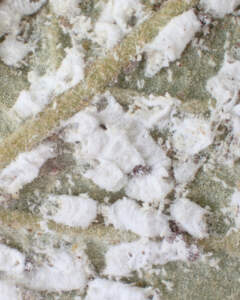
Before we start the treatment process, you will first need to verify your infestation is indeed mealy bugs. Indicators of mealy bugs are cotton like deposits on your plant or sooty mold accompanied by yellow/dying foliage. You will also notice that mealy bugs are soft, flat, white, and oval-shaped, and they tend to group in clusters.
Step 3: Treatment Plan
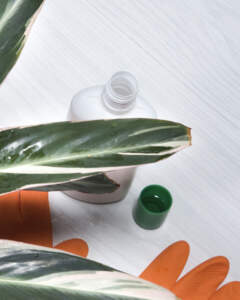
Now that you’ve identified your mealy bug infestation, it’s time for treatment! There are several options, so choose the one that works for you!
- Insecticidal Soap: This treatment option works effectively on soft bodied insects like mealy bugs, and should be applied every few days until the pests are gone.
- Neem Oil: A natural and organic treatment option, Neem Oil is a great way to prevent and treat multiple pest problems. Non-toxic to animals, simply apply the neem oil to the infected plant and repeat every few days until the bugs are gone.
- Homemade Dish Soap & Water Treatment: Simply mix a 1 tablespoon of dish soap with a quart of water, then spray or wipe down your plant. This combination will suffocate the little pests and should be repeated every few days until the infestation is gone.
- Rubbing Alcohol: Apply 70% isopropyl rubbing alcohol using a cotton swab and dab directly on the mealy bugs. Before using this method, it is highly recommended to use a test site on the plant 1-2 days before treating the entire plant. Rubbing alcohol can cause leaf burn.
Although all of these solutions are effective, you may need to use a combination of treatment tactics, as certain mealy bug varieties may have become resistant to one particular treatment option. Please remember retreating with which ever method you choose every few days is crucial to remove and rid yourself of this pest!
Step 4: Prevention
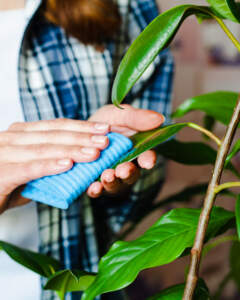
Prevention is key when it comes to any pests. Our favorite prevention methods are by spraying Neem Oil or wiping your plants down with our Dish Soap & Water method every so often as part of your preventative routine.
Congrats! You have now successfully started your treatment/prevention process to eradicate those mealy bugs. Once your quarantined plants are free and clear of any pests, you’ve got the green light to return them to their proper spaces within your collection.
Plant Care = Self Care
Never second guess your plant parenting care with our easy to read plant care instructions. Become the ultimate care guru for any plant in your collection!

